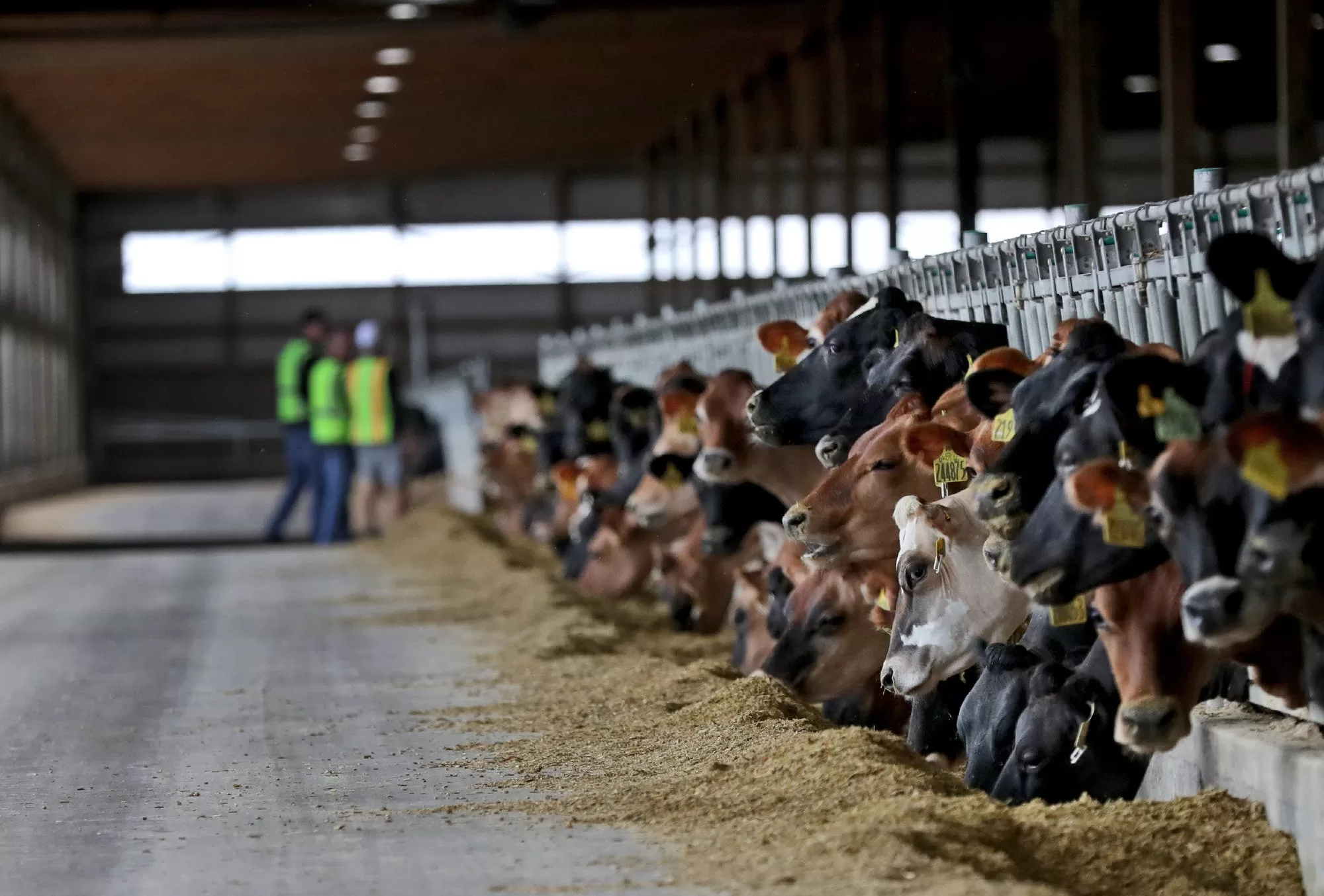I recently attended an American Dairy Science Association Discovery Conference titled: “Sustainability in the Dairy Industry”. It was one of the most interesting conferences I have ever attended. It generated a lot of discussion on many aspects of the dairy industry and on the definition of sustainability over all. Truly, sustainability is a “wicked problem”. Sustainability itself is not wicked nor is it a problem. Defining it is. Wicked in this case is not evil but more of a difficult, contradictory and complex problem. The definition of sustainability and the solutions to the problems we are facing are not black and white. The problem and solutions also change over time, whether decades or centuries.
Sustainability has to address three key areas: people, the planet, and profitability. Without a doubt, profitability continues to be the main focus in the dairy industry today. A milk price below cost of production cannot be sustained indefinitely. Clearly, we have seen increasing price volatility (Figure 1) over the last decade and an unprecedented length of the downturn over the past two years. Many are not able to withstand this over long periods. While this downturn affects many producers, it may not affect the supply or price of milk to the consumer. It may, however, have a profound effect on the structure of the industry. Therein lays the problem: who decides what the dairy industry should look like?

Animal abuse issues have been in the news in recent weeks, giving the dairy industry more to deal with. Those who saw the videos would agree that there is no excuse for those involved in the mistreatment of the dairy animals. The farm responded with the firing of the employee, and the employee was arrested and facing animal cruelty charges. But animal abuse is not animal welfare. Animal abuse is black and white, while animal welfare and the sustainability of our systems is becoming a consumer perception issue. It is a people issue as well as potentially affecting profitability. Dairy cattle welfare is moving beyond just science and profit to how dairy cows should be treated and raised. We as an industry need to justify why we do the things we do. It is no longer enough to say, “because it makes us more money.” What does the consumer in the grocery store consider an acceptable quality of life for a dairy cow?
Does size equate with efficiency? Economy of size has been stated as the reason that dairy farms have grown in size and moved west. It depends on cost of production per cwt of milk. What were the driving factors and will they be true in the future? Does it now become a planet issue? We have Concentrated Animal Feeding Operations (CAFOs) and issues of nutrient concentration in small areas with manure storage and handling. This can lead to air quality problems such as dust, smell, and more greenhouse gases. The counter argument asks if it is more per gallon of milk produced. Who determines priority of water use, land use, and feed supply? Again, who will decide what the dairy industry should look like? A comparison can be made to the oil catastrophe in the Gulf of Mexico. While we need the oil, no one considers the pollution acceptable and the petroleum company involved is responsible for the problem, the solution, and the cost.
Let’s take this to the farm level. A current industry hot topic is the coming somatic cell count (SCC) regulations. This is clearly a profit issue. An overall plan that reduces SCC will increase profits. First, research clearly shows that cows with elevated SCC produce less milk— up to 4 pounds per cow per day. Also, with lower SCC milk the producer receives a price incentive. Depending on the level of SCC, this could mean receiving up to $.50 per cwt or more for every pound in the bulk tank. In a herd of 100 cows averaging 20,000 pounds per cow per year, this would equate to an additional $10,000. No matter what the current SCC level is, one starting goal would be to cut it in half. If a dairy does not lower the SCC level below 400,000, they may not be able to find processors to buy their milk; thus, the business would not be sustainable.
Sustainability has to consider many things. A business has to make a profit most of the time in order to be viable. This requires an equitable pricing system and efficiency of production at a competitive cost of production. It requires caring for the animals in a way that is scientifically validated while doing it in a way that is also socially acceptable. We also have to be stewards of our land, water, and air around us. Legislation and regulations will continue to be added until society accepts what we do.

